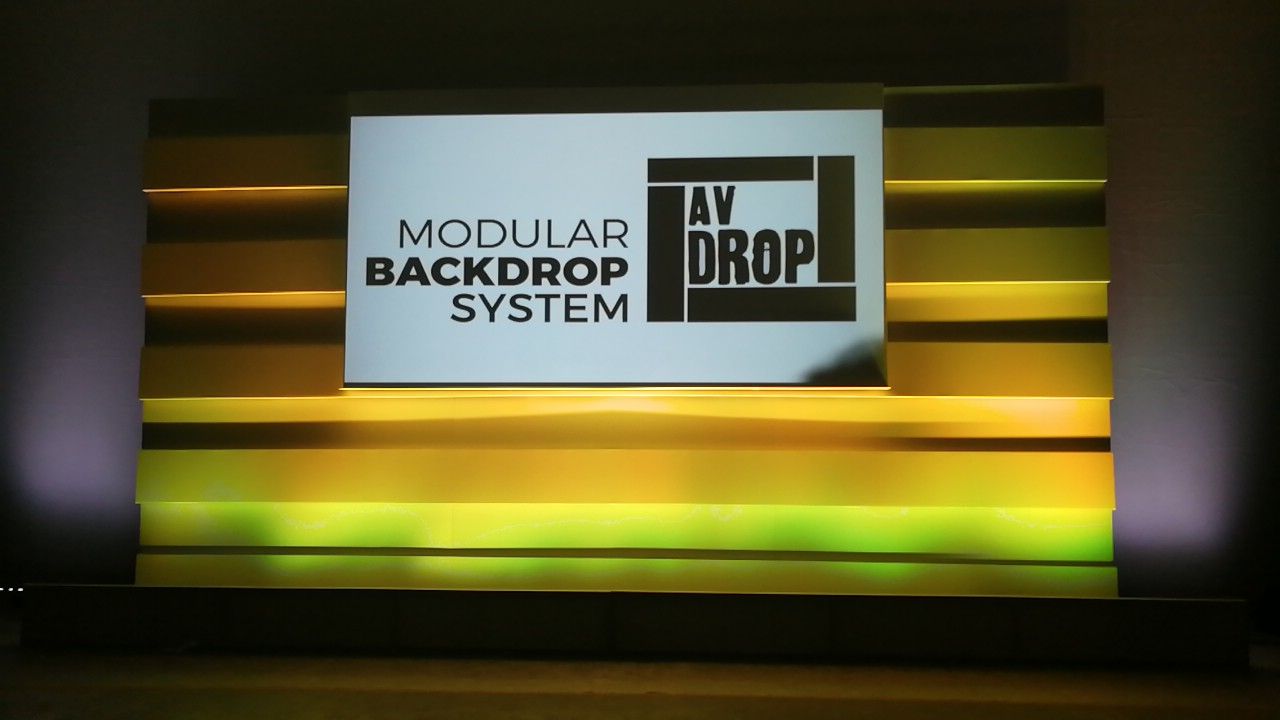
The Future of Stage Design
Stage design has always been at the heart of live events, shaping how audiences connect with performances, presentations, and experiences. As we are close to embracing 2026, the events and audiovisual industries are undergoing rapid transformations in the future of stage design driven by technology, creativity, and a growing awareness of sustainability. Among the emerging themes, three stand out as defining the future of stage design: modularity, sustainability and minimalism.









